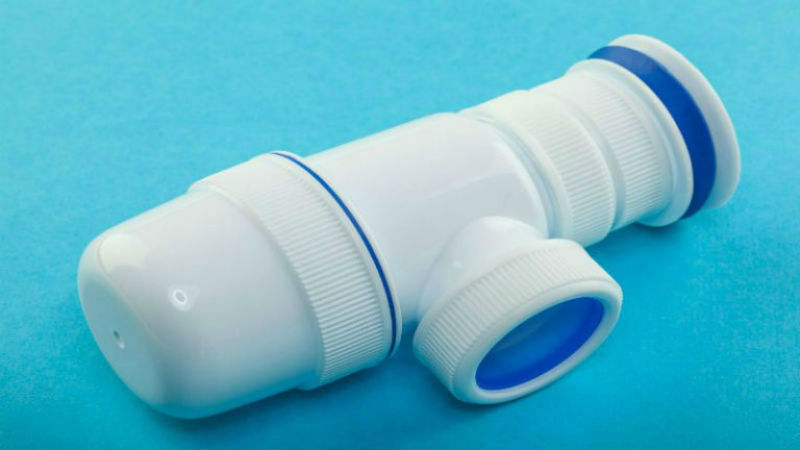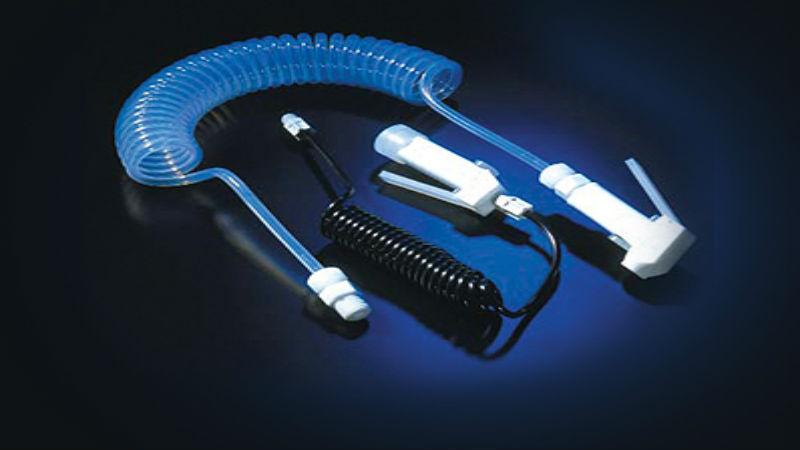There are many different options in both standard as well as custom types of valves in use in systems and applications throughout different industries. Standard types of valves such as ball valves, gate valves, and globe valves are used throughout industries, while other specialized types of valves are reserved for more precise types of application.
In many types of equipment, including those used in dental offices and for the control of pneumatic systems for precise types of work, a pneumatic needle valve is a good option. These types of valves can be standard in their size and configuration, or they can be custom made to meet the specific needs of the application.
The Design of the Needle Valve
The design of the pneumatic needle valve allows for precision control of the flow of air through the line, and the flow can be controlled bi-directionally. In other words, this valve does not have a specific inlet and outlet port, with both ports operating as either inlet or outlet.
The plunger or the control aspect of the valve is shaped like the end of a needle. The valve seat is similarly shaped, allowing the point of the needle to provide fine control over the volume or flow of air through the valve.
The needle-shaped plunger can be controlled manually by turning a small knob or controller that is on the exterior of the valve. With just a slight turn, the needle can be moved down into the valve seat to restrict airflow, or raised to increase airflow.
This is an ideal option in a low pressure type of application. It is common to see a pneumatic needle valve in any type of application where quick changes to the flow of air through the system are required.



